Home>Articles>What Is The Difference Between A Basement And A Cellar


Articles
What Is The Difference Between A Basement And A Cellar
Modified: October 18, 2024
Discover the key distinctions between a basement and a cellar in the realm of interior design. Enhance your understanding of these spaces for optimal utilization and aesthetics.
(Many of the links in this article redirect to a specific reviewed product. Your purchase of these products through affiliate links helps to generate commission for Storables.com, at no extra cost. Learn more)
What is the Difference Between a Basement and a Cellar?
When it comes to homes, the terms “basement” and “cellar” are often used interchangeably, but there are distinct differences between the two. Understanding these differences can help you make informed decisions about the function and use of these spaces in your home. In this article, we’ll explore the dissimilarities between basements and cellars, covering aspects such as functionality, construction, access, and climate conditions.
Key Takeaways:
- Basements are versatile living spaces, while cellars are ideal for controlled storage. Understanding their differences helps homeowners maximize their home’s functionality.
- Climate control is crucial for basements and cellars. Basements require moisture management, while cellars need precise temperature and humidity control for preserving perishable items.
Introduction
Before diving into the differences between a basement and a cellar, let’s start by defining each term. A basement is a part of a building that is partially or completely below ground level. It is typically constructed as a part of the main structure and is commonly found in residential homes. On the other hand, a cellar is a room or space below ground level that is primarily used for storing food, beverages, and other household items.
In this article, we will explore the various aspects that differentiate basements and cellars. We will delve into their functionality, uses, construction, location, access, and climate conditions. By understanding these differences, you’ll be able to determine which option is best suited for your needs.
Functionality and Use
One of the key distinctions between a basement and a cellar lies in their functionality and use. A basement, being an integral part of the main structure, serves a variety of purposes. It can be used as an additional living space, such as a family room, home office, or entertainment area. Basements are also commonly used for storage, housing utilities, and laundry facilities. Their versatility allows homeowners to maximize their living space and adapt it to their specific needs.
In contrast, a cellar is primarily designed and utilized for storage purposes. Traditionally, cellars were used for storing food, particularly perishable items like fruits, vegetables, and wine. However, with modern refrigeration systems, cellars have evolved to serve storage needs beyond food. They are often utilized to store canned goods, supplies, and household items that require a cool and controlled environment.
Both basements and cellars offer their own set of advantages. A basement provides an additional living area that can be customized to meet your lifestyle and preferences. It increases the square footage of your home, allowing for more flexibility in design and functionality. Additionally, basements offer protection and insulation against extreme weather conditions, making them a desirable space for safety during storms or natural disasters.
A cellar, on the other hand, provides optimal storage conditions for items that require a cool and damp environment. It maintains a consistent temperature and humidity level, preserving the quality and longevity of stored goods. This is especially beneficial for wine enthusiasts who can create ideal conditions for aging and storing their collection. The controlled environment in a cellar also helps prevent mold and spoilage, ensuring the freshness of stored items.
Ultimately, the decision between a basement and a cellar depends on your specific needs and preferences. Whether you require extra living space or desire a designated storage area, understanding the functionality and use of these spaces is crucial in making an informed choice.
Construction and Location
The construction and location of a basement and a cellar differ, contributing to their distinct characteristics and purposes within a house.
A basement is typically constructed as part of the main structure of a house. It is built below ground level, with walls and a floor made of concrete or other sturdy materials. The construction of a basement involves excavation to create a space that is structurally sound and watertight. It is designed to support the weight of the house above and may include additional support beams or pillars.
In terms of location, a basement is commonly situated under the main living area of a house. It is accessible from the main floor and often extends beneath the entire footprint of the house. This makes it a convenient and integrated part of the overall living space.
On the other hand, a cellar is typically constructed as an independent space, separate from the main structure of the house. It may be located partially or entirely below ground level, depending on the specific design and layout. The construction of a cellar involves sturdy walls and a floor, similar to a basement, but it may have different insulation requirements and specialized features for temperature and humidity control.
As for the location of a cellar within a house, it typically occupies a smaller area compared to a basement. It can be located in various parts of the house, such as beneath the kitchen or in a dedicated area specifically designed for storage. Its location is often chosen based on accessibility and the need for a cooler and damp environment.
The key difference in construction and location between a basement and a cellar lies in their integration with the main structure of the house. A basement is an integral part of the main living area, while a cellar is a separate space specifically designed for storage and controlled conditions.
A basement is a partially or fully underground level of a building, often used for living space. A cellar is typically used for storage and is completely underground.
Access and Entryways
The access points and entryways to basements and cellars differ based on their functionality and location within a house. Let’s explore the various options for accessing these spaces.
For a basement, the access points are typically located within the main living area of the house. The most common access point is a staircase leading from the main floor down into the basement. This staircase can be straight, spiral, or U-shaped, depending on the design and layout of the house. It is usually constructed with sturdy materials for safety and durability. Additionally, some basements may have separate access points, such as walk-out entrances or bulkhead doors that provide direct access from the outside.
When it comes to cellars, the access points are often located in the areas where storage is required. The entryways to a cellar can vary depending on the design and specific needs. One of the common types is a trapdoor entryway, where a hinged door is installed in the floor or ceiling to provide access. Another option is a cellar door, which is a separate entryway located outside the house, similar to a basement walk-out entrance. These doors are designed to provide easy access to the cellar while ensuring security and protection.
It’s worth noting that the entryways to both basements and cellars can be customized to meet individual preferences and requirements. For example, additional safety features like handrails, lighting, and secure locks can be added to enhance accessibility and security. The choice of entryways and access points depends on factors such as the desired functionality, the layout of the house, and personal preferences.
Overall, basements typically have more accessible entryways within the main living areas of the house, while cellars often have specialized entryways located in specific storage areas.
Read more: How To Build A Wine Cellar In Basement
Climate and Conditions
The climate and conditions in a basement and a cellar play a crucial role in determining their functionality and suitability for various purposes. Let’s explore the differences in climate control and considerations for both spaces.
In a basement, maintaining proper climate control is essential to ensure a comfortable and functional environment. The temperature in a basement is typically similar to the rest of the house, as it is part of the main living area. However, humidity and moisture control can be more challenging due to its below-ground location. It is important to address any moisture or water intrusion issues to prevent mold growth, musty odors, and damage to stored items. Installing dehumidifiers, proper insulation, and adequate ventilation can help control humidity levels and reduce the risk of dampness and mold.
On the other hand, a cellar requires specific climate control measures to create the ideal environment for storing perishable items, particularly food and wine. Temperature control is crucial, and cellars are typically kept cooler than the rest of the house. The optimum temperature for wine storage is typically between 45°F (7°C) and 65°F (18°C). Specialized cooling systems, such as HVAC units or wine cellar cooling units, can be installed to regulate temperature levels and ensure consistency.
Humidity control is also important in a cellar, especially for preserving the quality of wine. The humidity level should be around 70% to 80% to prevent drying or leakage of moisture from the bottles. Humidity control systems, such as humidifiers and moisture barriers, are often employed to maintain the desired humidity range.
It’s crucial to be mindful of the specific considerations unique to each space when it comes to climate control. Basements require measures to combat excessive moisture and humidity, whereas cellars demand precise temperature and humidity control to preserve the quality of stored items, particularly wine.
Overall, understanding and addressing the climate and condition requirements of basements and cellars are essential to maximize their functionality and ensure the longevity of stored items.
Order and Adjustments
The order and content of the sections in this article can be adjusted based on specific requirements or preferences. The provided outline serves as a general structure, but feel free to rearrange or modify it as needed. Here are a few suggestions on how you can tailor the article to suit your needs:
- You can start the article with the section on “Functionality and Use” to provide an overview of the main differences between basements and cellars.
- Follow it up with the section on “Construction and Location” to delve into the details of how basements and cellars are constructed and where they are typically located within a house.
- Next, you can discuss the “Access and Entryways” to explore the different ways to access a basement or a cellar.
- After that, you can cover the section on “Climate and Conditions” to highlight the climate control measures and considerations unique to basements and cellars.
- Conclude the article by briefly summarizing the main differences between basements and cellars and offering some final thoughts and considerations.
Remember, the goal is to provide valuable insights and information to the readers, so feel free to adjust the content, order, or length of the sections to create a well-structured and engaging article.
Frequently Asked Questions about What Is The Difference Between A Basement And A Cellar
Was this page helpful?
At Storables.com, we guarantee accurate and reliable information. Our content, validated by Expert Board Contributors, is crafted following stringent Editorial Policies. We're committed to providing you with well-researched, expert-backed insights for all your informational needs.



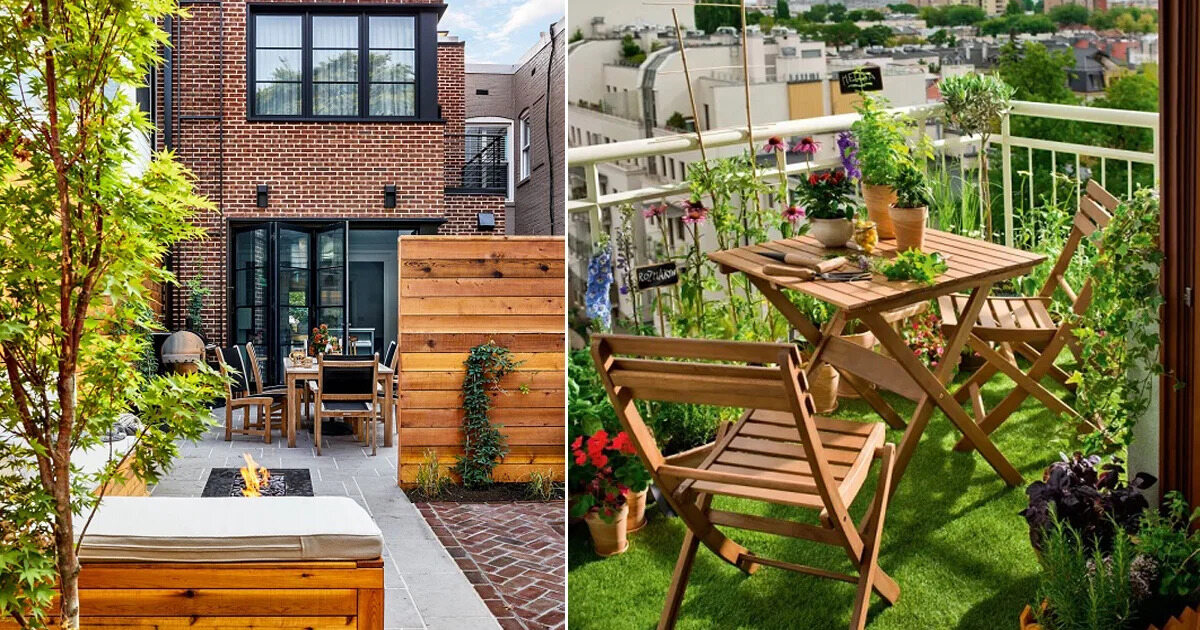

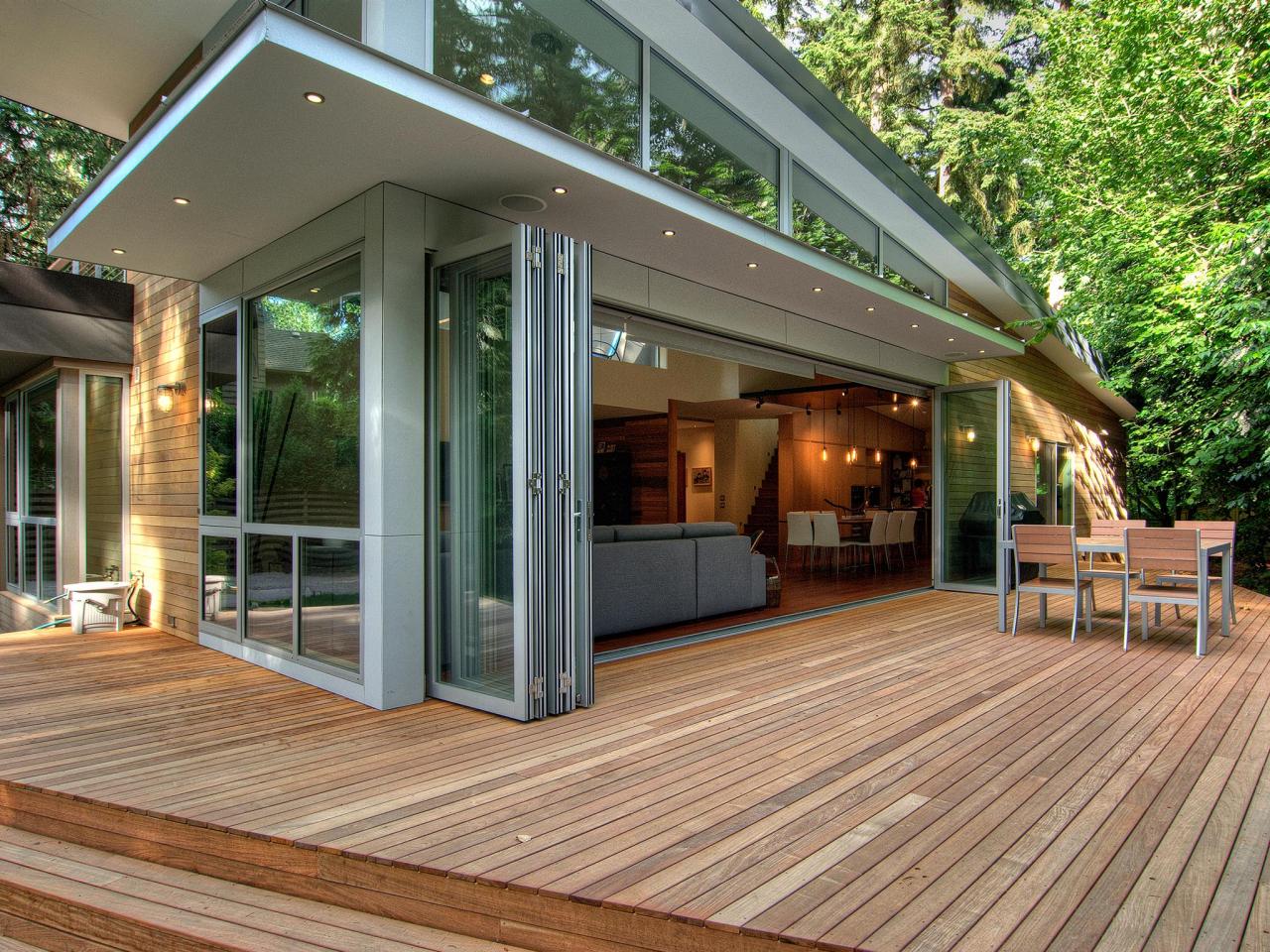
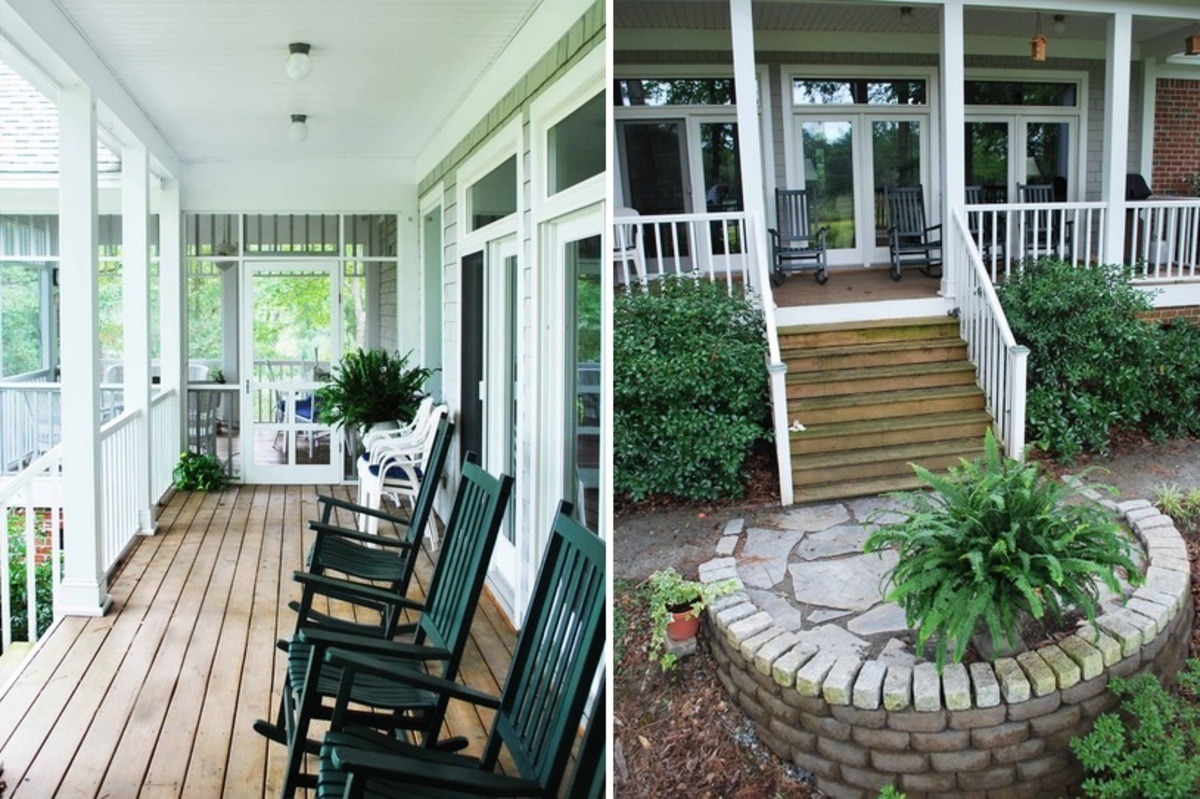
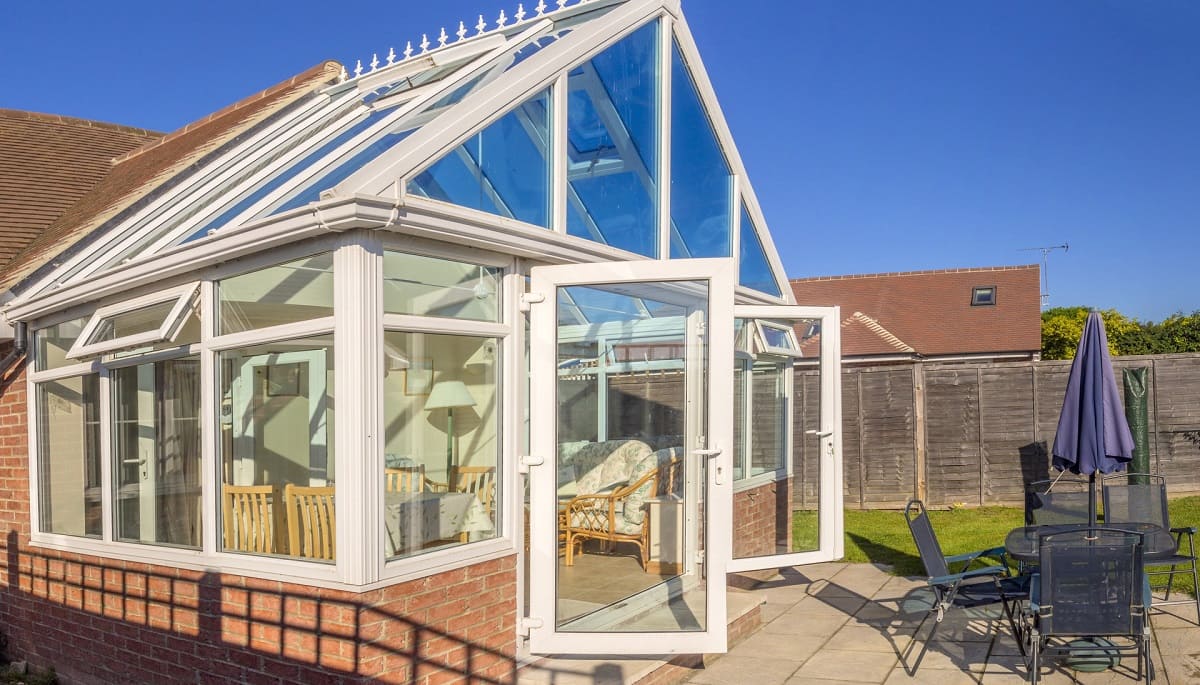
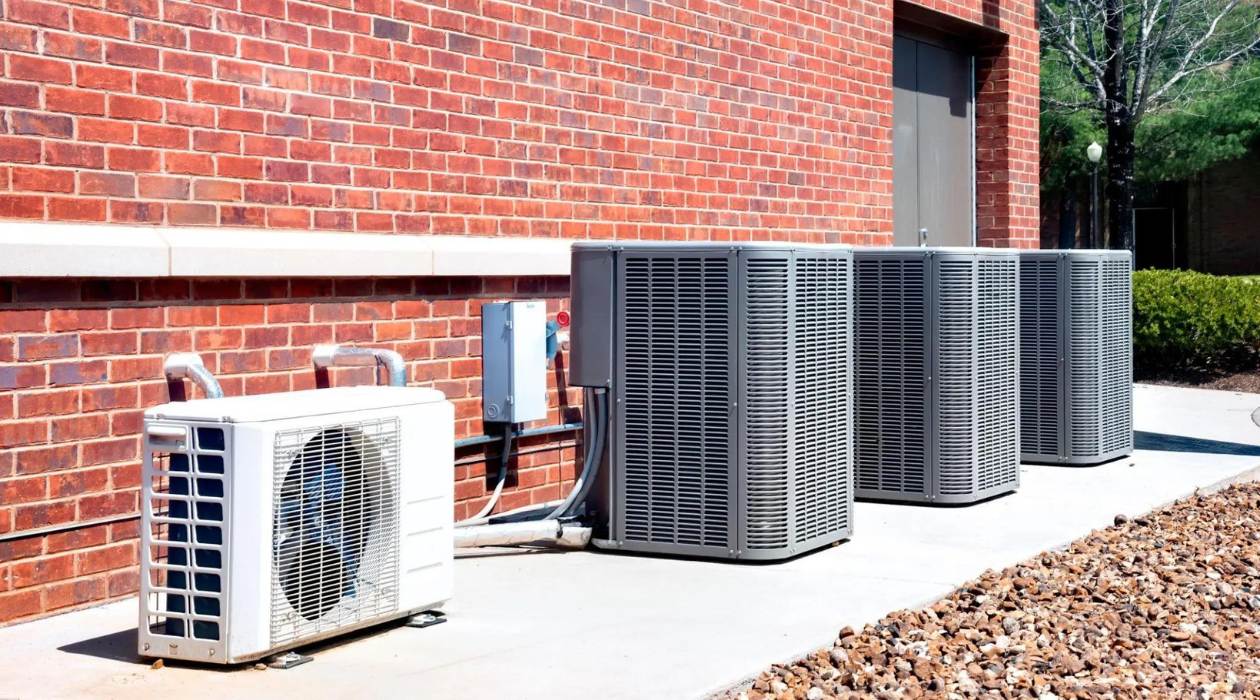
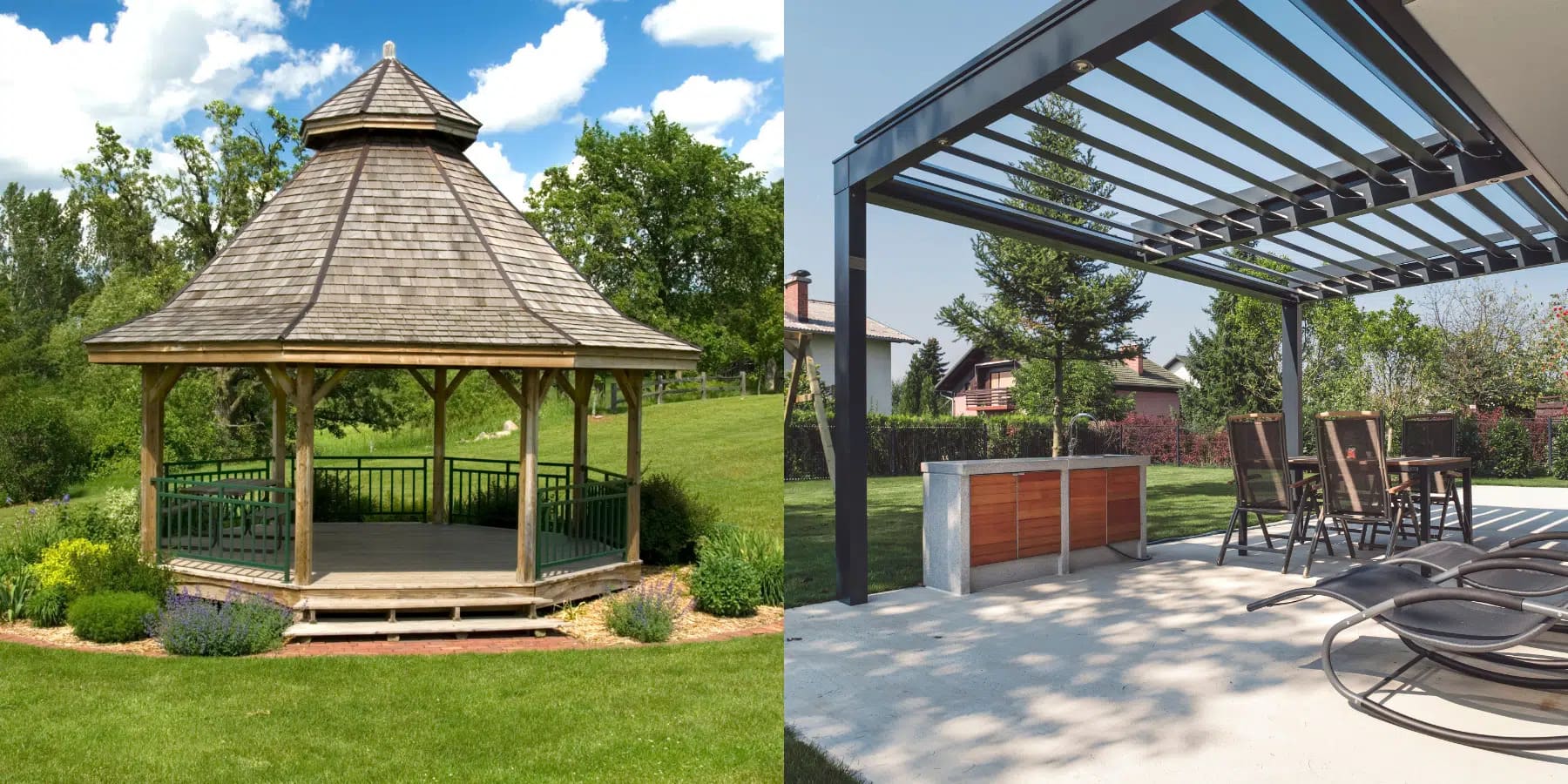





0 thoughts on “What Is The Difference Between A Basement And A Cellar”